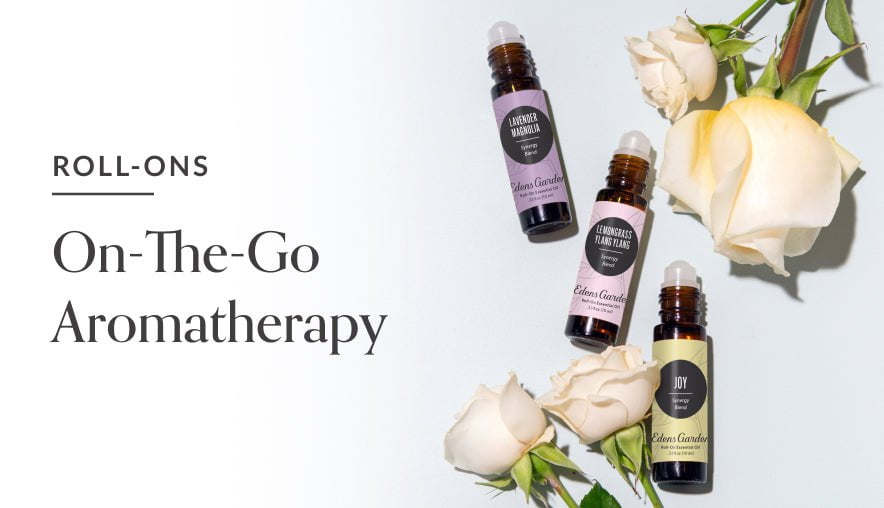Essential Oil Alternatives: Natural Lipstick DIY

Many of us have heard the claim, that “Women ingest several pounds of lipstick in their lifetime,” and assumed it was false. Based on a study done by the European Scientific Commission on Consumer Safety, FutureDerm calculates that the average woman ingests 3.7 pounds of lipstick in their lifetime. Which begs the question, what exactly is going into our bodies?
CHEMICALS OF CONCERN
According to Compound Interest, a majority of lipsticks are mainly comprised of waxes and oils, although other ingredients included may vary widely. Unfortunately, many lipsticks also include chemicals such as fragrances, propylparaben, methylparaben and retinyl palmitate. The Environmental Working Group lists each of these common lipstick ingredients as a moderate to high hazard in cosmetics.
Fragrance or parfum is a big concern in cosmetic products, because the FDA does not require companies to disclose the ingredients in a fragrance, though groups have tried to change that. This means that fragrances could be made up of hundreds of chemicals, including hazardous ones such as diethyl phthalates. Fragrances have been known to cause allergic reactions, skin sensitivity, respiratory stress, possible effects on the reproductive system.
Both propylparaben and methylparaben act as preservatives in lipsticks and other cosmetics. Scientists believe that these ingredients may be linked to endocrine disruption as a result of parabens mimicking estrogens.
Retinyl palmitate is a form of Vitamin A, used as a skin conditioning agent. The EWG reports that this ingredient may cause birth defects, osteoporosis and tumor growth. The German Federal Institute for Risk Assessment recommends restricted use of retinyl palmitate, as it has been known to cause headaches, nausea, and in cases of extreme use, liver disease and skin flaking.
THE NATURAL WAY
When in the market for a new lip color, be sure to examine the ingredients. The three main ingredients of lipstick are oil, wax and a coloring agent. Commonly, natural lipstick contains oils you may be familiar with, such as Jojoba, Macadamia and Grape Seed. Natural waxes include Beeswax, Candelilla and Carnauba. Coloring agents can come in all forms, from beet juice to cocoa powder.
If you’re unfamiliar with an ingredient in your lipstick, try looking up the product or ingredient to ensure it’s safe prior to use. EWG’s Skin Deep is a great resource when checking your cosmetics for safety.
NATURAL LIPSTICK DIY
Luckily, there’s a natural alternative for all of you lipstick lovers out there. So natural, it’s practically edible (though we would never recommend that)!
What you need
1 tsp. Soy wax
1 tsp. Shea butter
Lipstick tubes
Peppermint essential oil (optional)
Lavender essential oil (optional)
Coloring Agents
Rouge lips: ½ tsp. Alkanet powder
Cocoa lips: ¼ tsp. Cocoa powder
Pink lips: ¼ tsp. Pink clay
How to
- Add beeswax, shea butter and coconut oil to a bowl.
- Place the bowl in a pot of water, and set to low heat.
- Stir ingredients until melted.
- Once melted, remove from heat and add your preferred lip color. Additionally, try adding 2-3 drops of a lip smacking essential oil, like Peppermint or Lavender.
Note: Recipe makes about 5-6 Lipsticks.





Leave a comment (Comments will be approved before showing up)